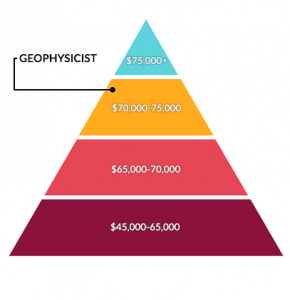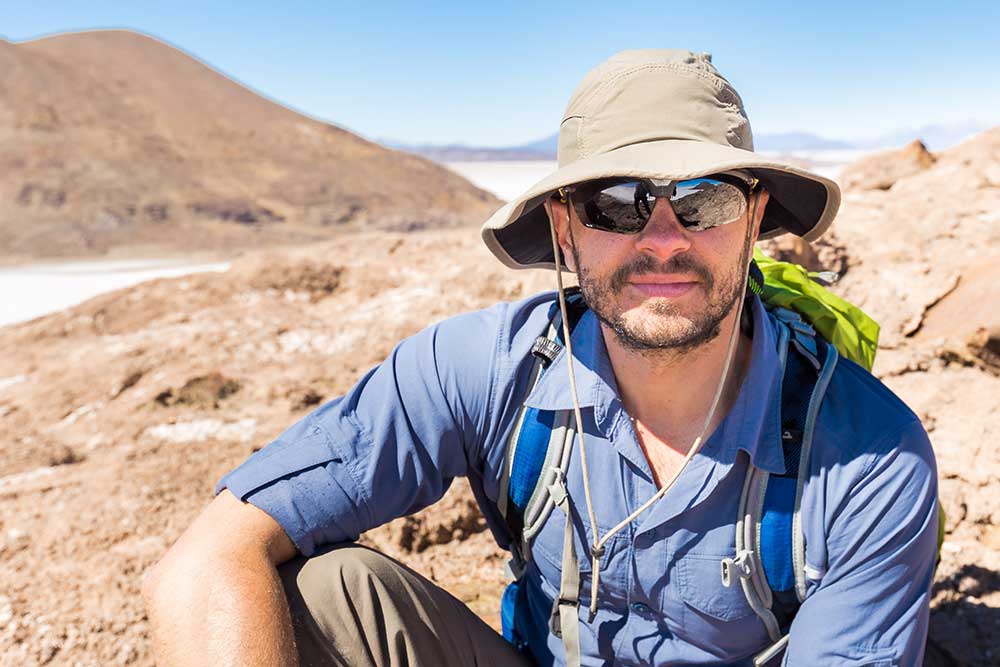All Categories
Featured
Table of Contents
Geophysical Survey - Mining Fundamentals in Connolly Oz 2020

Other possible geophysicist majors that aren't geophysics or geoscience consist of: Climatic sciences and meteorology Chemical and physical oceanography Earth science Environmental science Hydrology and water resources science Products science By earning any geophysicist degree, and by taking the required geology courses, you need to receive an entry-level position as a geoscientist or geophysicist.
Eventually, trainees must discover: a branch of geology that looks at the various aspects of minerals, consisting of chemical composition, internal crystal structure, and physical properties. the research study of rocks and the procedures and conditions that form and transform them in time. There are a couple of neighborhoods in this branch of geology, including igneous, metamorphic, and sedimentary rocks.

This field examines structural rock features such as cleavage, faults, joints, and small folds. They should also learn the computer abilities essential to: examine information develop digital models and maps operate geoscientists' software application Students ought to likewise make the most of all chances to gain real-world experience. Aspiring geophysicists must expect to hang around learning: in the class in the field in laboratories Obviously, abilities taught in the classroom are extremely essential for striving geophysicists.
Introducing Geophysical Surveying in Bull Creek WA 2023
For example, geoscientists spend a lot of their time outside when working in the field, so they should possess "outside skills" like camping and operating boats, aircraft, and other vehicles. Because they invest so much time in remote areas, it's essential that geophysicists also have the physical stamina to carry necessary equipment on their hikes to locations of study.
The job offers: a high typical and top profits a high rate of personal fulfillment among geophysicists low work tension positive task outlook More info on earnings potential and task outlook is detailed below. For trainees looking to land an entry-level function as a geoscientist or geophysicist, it takes four years, or the time required to finish a bachelor's degree in geophysics or an associated discipline.
Some research study positions in geophysics require postgraduate degrees. If you prepare to teach at a college or university, you need to make a Ph. D. in geophysics or an associated field. The time it takes to make a Ph. D. differs by institution and program, but it typically takes 4 to 6 years beyond the bachelor's degree.
Geophysicist in Mount Hawthorn Aus 2022
Many companies require prospects to have a bachelor's degree in geophysics or a closely related discipline for all entry-level positions. As a result, there's no method around the degree requirements for becoming a geophysicist.
Currently, 31 states require licensing for geologists, although licensing is not constantly needed, especially for entry-level work. The states that do problem licenses use the Fundamentals of Geology Examination (FGE), which is administered through the National Association of State Boards of Geology (ASBOG). Now that you know which degree for geophysicist tasks you require, you'll require to land a task, and it is necessary to discover how much cash you can make in this profession.
According to BLS, the mean yearly wage for geoscientists is $93,580. According to BLS, particular markets offer higher incomes for geoscientists, and in some cases, they use higher-than-average earnings.
How To Become A Geophysicist in Wembley Downs Australia 2020
Mining, quarrying, and oil and gas extraction offers over $32,000 more annually than the average annual wage for this profession. The federal government, too, uses over $10,000 more in profits than the nationwide average for geoscientists. In addition to market type, geographical location can greatly impact incomes for this profession.

The top-paying states and their annual mean wages, according to the BLS, include: Texas $166,720 Oklahoma $149,630 Pennsylvania $120,590 Hawaii $120,130 Colorado $107,260 These five top-paying states provide much higher wages than the average for this profession. Wages for geoscientists in Texas are over $73,000 greater than the nationwide average.
It must come as not a surprise that most of these high-paying areas remain in Texas and Oklahoma, however some are found in California, Louisiana, and Colorado. The leading 10 highest-paying city locations for geoscientists are: Houston-The Woodlands-Sugar Land, Texas: $188,400 Tulsa, Oklahoma: $186,490 Midland, Texas: $167,040 Odessa, Texas: $147,080 Oklahoma City, Oklahoma: $145,350 Bakersfield, California: $130,080 Urban Honolulu, Hawaii: $124,470 New Orleans-Metairie, Louisiana: $121,030 Washington-Arlington-Alexandria, DC, VA, MD, WV: $120,180 Denver-Aurora-Lakewood, Colorado: $116,910 For some geoscientists and geophysicists, living in a metro city is not as attractive as residing in a smaller sized neighborhood.
Table of Contents
Latest Posts
Greeley-evans Area 3d Geophysical Survey in Bicton Australia 2022
Airborne Geophysical Methods in Bateman Western Australia 2022
Integrated Geophysical Surveys For The Safety in Beeliar Australia 2021
More
Latest Posts
Greeley-evans Area 3d Geophysical Survey in Bicton Australia 2022
Airborne Geophysical Methods in Bateman Western Australia 2022
Integrated Geophysical Surveys For The Safety in Beeliar Australia 2021